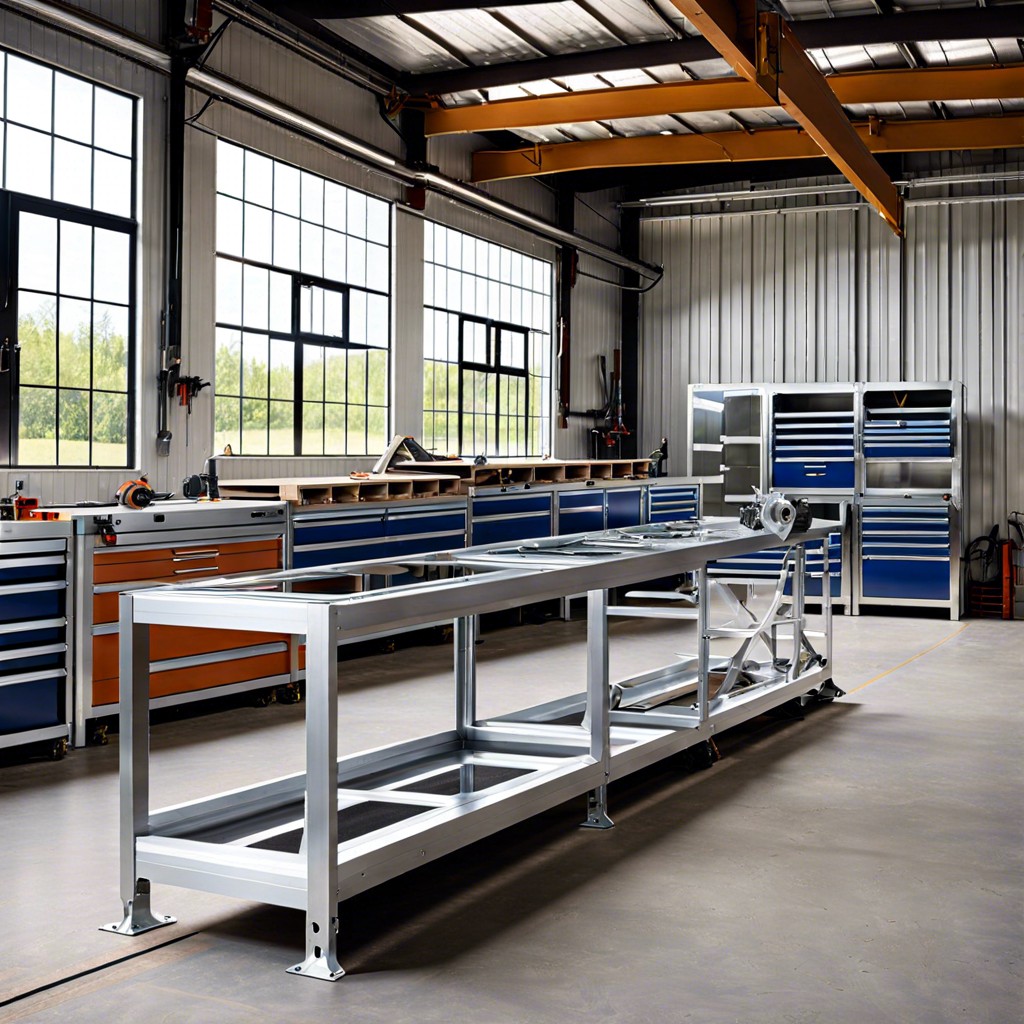Every year, the global production of rigid polyurethane foam waste from sandwich panels alone is about 12,000 to 15,000 tons. This number only includes waste from the manufacturing process and does not count the waste generated during use or when the panels reach the end of their life.
PU sandwich panels, which are commonly used in buildings and other structures, eventually create a large amount of waste. Overall, the total global waste from rigid PU foam is estimated to be between 1 to 2 million tons each year, which is a major environmental issue.
This brings us to an important question: is polyurethane foam recyclable? The short answer is yes. In fact, polyurethane foam recycling is not only feasible from an environmental standpoint but can also be economically beneficial. Our innovative Purman® method serves as a prime example of how polyurethane foam recycling can offer a viable solution.
Environmental impact of rigid PU foam waste

Due to its non-biodegradable nature and the presence of potentially harmful chemicals, proper waste management strategies are essential to minimize its environmental footprint.
When PU foam is disposed of improperly, it leads to harmful greenhouse gas emissions. The incineration of PU foam, for instance, releases large amounts of carbon dioxide (CO₂) and other harmful gases into the atmosphere, contributing to global warming.
Current waste management methods: Is polyurethane foam recyclable?
Effective waste management is critical for minimizing the environmental impact of rigid polyurethane foam. The most common waste management methods for PU foam recycling include:
- Landfilling
- Incineration with energy recovery
- Chemical recycling
- Mechanical recycling
Each method offers distinct advantages and limitations, affecting the overall effectiveness of polyurethane foam recycling.
Landfilling: A widely practiced yet harmful solution
This process involves collecting foam waste and transporting it to landfills where it is buried. Although it offers a straightforward solution to large volumes of waste, it is environmentally damaging. PU foam does not degrade easily, leading to long-term pollution. The chemicals within the foam can leach into the soil and groundwater, posing serious environmental and health risks.
Incineration with energy recovery
Incineration with energy recovery is often employed for managing rigid PU foam waste, as it not only reduces the volume of waste but also recovers energy. The process involves burning PU foam waste at high temperatures in specialized incineration facilities.
This results in reduced waste volume and produces energy that can be harnessed. However, the incineration process can release harmful emissions, such as dioxins and other toxic compounds, which pose environmental risks.
Chemical recycling: A complex yet effective approach
Chemical recycling involves breaking down PU foam into its basic chemical components, allowing the reclaimed chemicals to be used again in the production of new foam or other products. This process effectively closes the material loop, contributing to a circular economy and reducing the need for virgin resources.
Although chemical recycling offers great promise, it comes with significant challenges. The technology is complex and costly, and the efficiency of the process can be impacted by contaminants in the waste. Moreover, the byproducts of chemical recycling, such as monomers and oligomers, do not immediately result in finished products. Instead, they must be processed again by PU foam manufacturers to create new foam products.
Mechanical recycling: A simpler but limited approach
Mechanical recycling is a widely recognized method for recycling PU foam, involving the physical processing of foam into smaller particles or forms that can be reused in various applications. This process is less complex than chemical recycling and does not require breaking down foam into its basic chemical components.
Despite its advantages, mechanical recycling has limitations. The quality of the recycled products may be lower compared to new materials, and the market for recycled materials can be less financially viable due to their lower value. Nevertheless, it is an energy-efficient method with significant environmental benefits, particularly when integrated into existing manufacturing systems.
The Purman® method: A superior solution for polyurethane foam recycling
The Purman® method introduces a groundbreaking innovation in mechanical PU foam recycling by incorporating natural binders, offering an environmentally friendly and sustainable solution. Traditional mechanical recycling methods typically rely on petrochemical additives and external heat sources, which can be energy-intensive and less sustainable.
In contrast, the Purman® method utilizes lignin, a natural and renewable polymer found in plant cell walls, as a primary binding agent, along with other sustainable materials. This method reduces the reliance on petrochemicals, enhances energy efficiency, and minimizes the overall environmental impact, making it an ideal solution for polyurethane foam recycling.
The upcycled material produced using the Purman® method can be used in a wide range of applications, further contributing to the sustainability of the construction and manufacturing industries.
Revolutionizing polyurethane foam recycling with the Purman® method
The Purman® method represents a significant leap forward in the recycling of polyurethane foam. By using natural binders to lower the dependence on petrochemicals, improving energy efficiency, and ensuring the high quality of the recycled foam, this method provides an economically viable and environmentally sustainable solution for managing PU foam waste.
This innovative approach to polyurethane foam recycling allows us to address the growing environmental challenges associated with PU foam waste while promoting a circular economy. The Purman® method is setting new standards for the recycling industry, offering an advanced, sustainable, and cost-effective solution for managing rigid PU foam waste.
Recap


